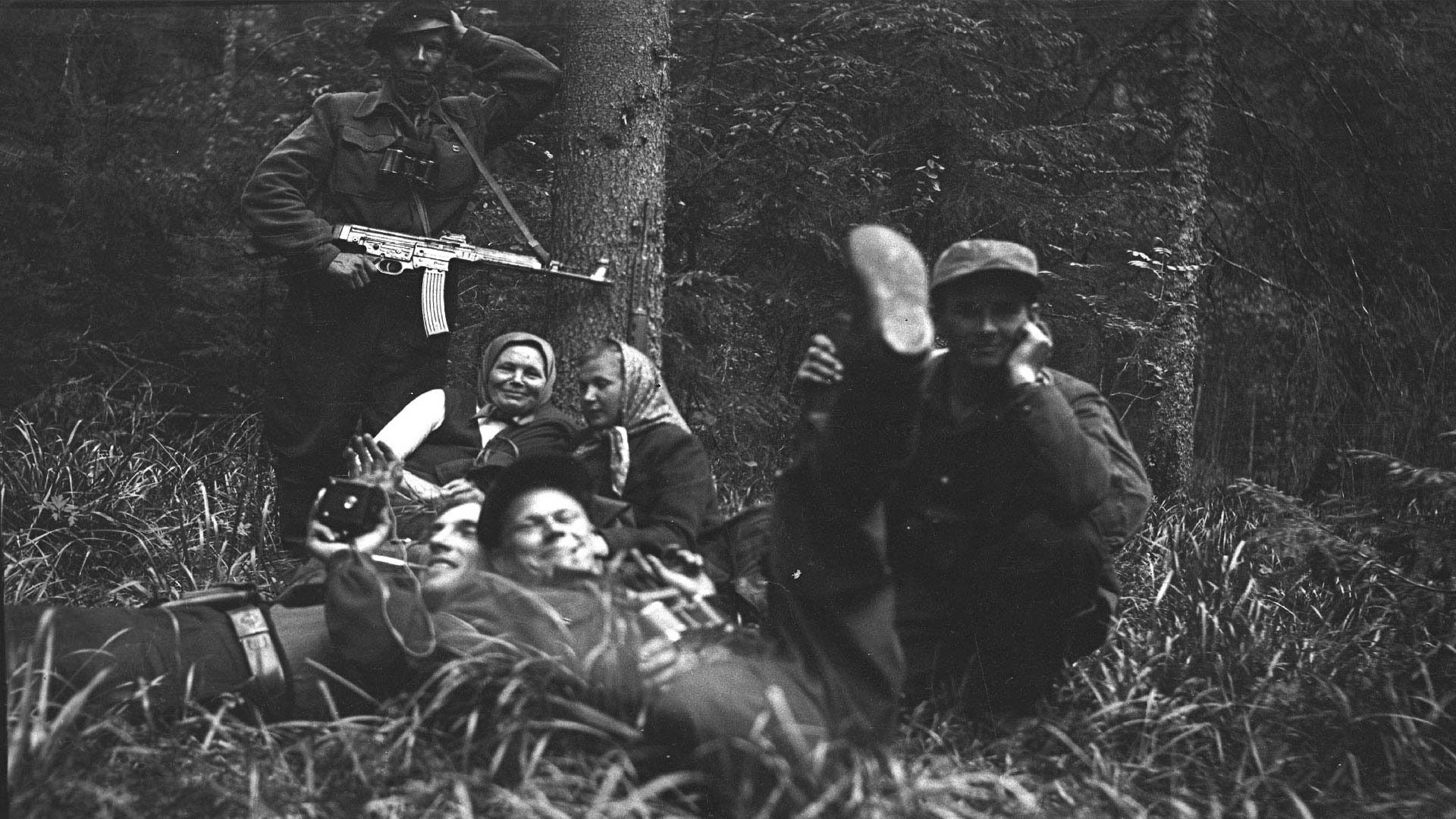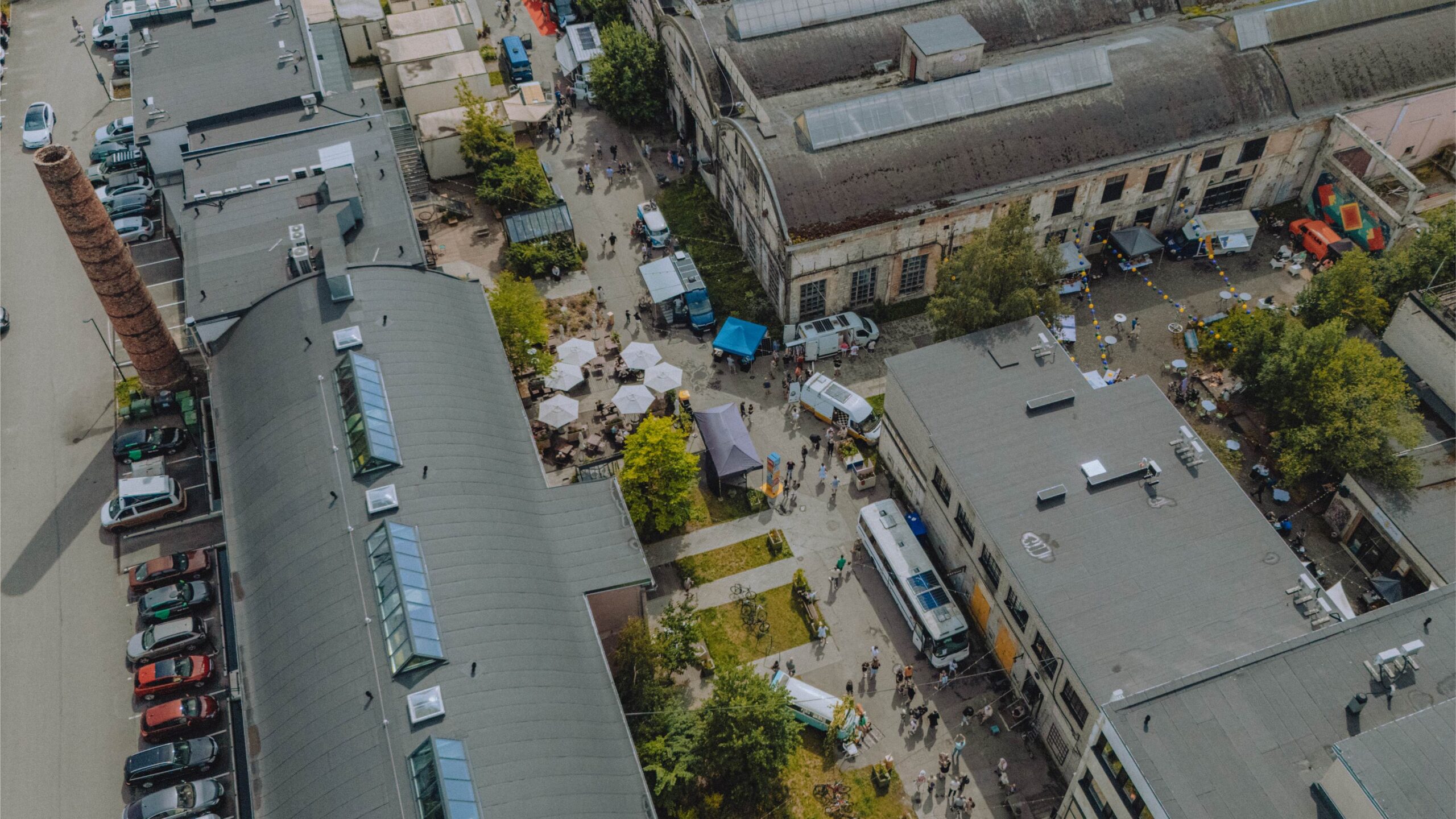So, mida pakutakse (what's being offered), if the table is ready and set? A laste/aia/laps (kindergarden kid) might offer a heavily garnished lume/tort or jää/tort (ice torte) frozen in a bucket and full of suspended beauty, while someone with a little more expertise in the köök (kitchen) might find lume/palli/supp (“snowball soup”) especially fitting. What has been made from milk and eggs in Eesti, and is very widely known and enjoyed throughout Europe, is the classic French dessert they call oeufs à la neige (snow eggs) – pillowy, airy poached meringues (pošeeritud beseed) in a custard. Prantslased (the French) also call it île flottante (floating island), while Estonians plural it up as ujuvad saared.
A true bath of crème anglaise (English custard) includes double cream, which down-to-earth eestlased tend to skip, but vanilli/suhkur, if not ekstrakt, adds a lot. A bird feeder is a linnu/söögi/maja (“bird feeding house”) or linnu/söögi/LAUD (table), where ise/teenindus self-serve is the name of the game, as is the case with a külm/laud (“cold table” of traditional Estonian savoury foods) and Rootsi laud (“Swedish table”, i.e. a buffet). Linnud would really appreciate if their laud was kaetud right now as well. Watch Estonian birds enjoying lunch otse (live) via the bird camera at: www.looduskalender.ee > tali/linnu/kaamera. Be sure to also see what's happening on the hülge (seal) beach on Saaremaa island's western coast via the hall/hüljeste seire/kaamera (grey seal monitoring camera) on the same page. If you're lucky, you can catch a peek of newborn seal pups nursing and a good amount of rolling and playing.
People often wish each other kuhjaga õnne – heaps of luck. Kuhjaga õnne = kuhjaga lund. The bigger the mounds of snow, the more, the merrier.
Riina Kindlam, Tallinn




